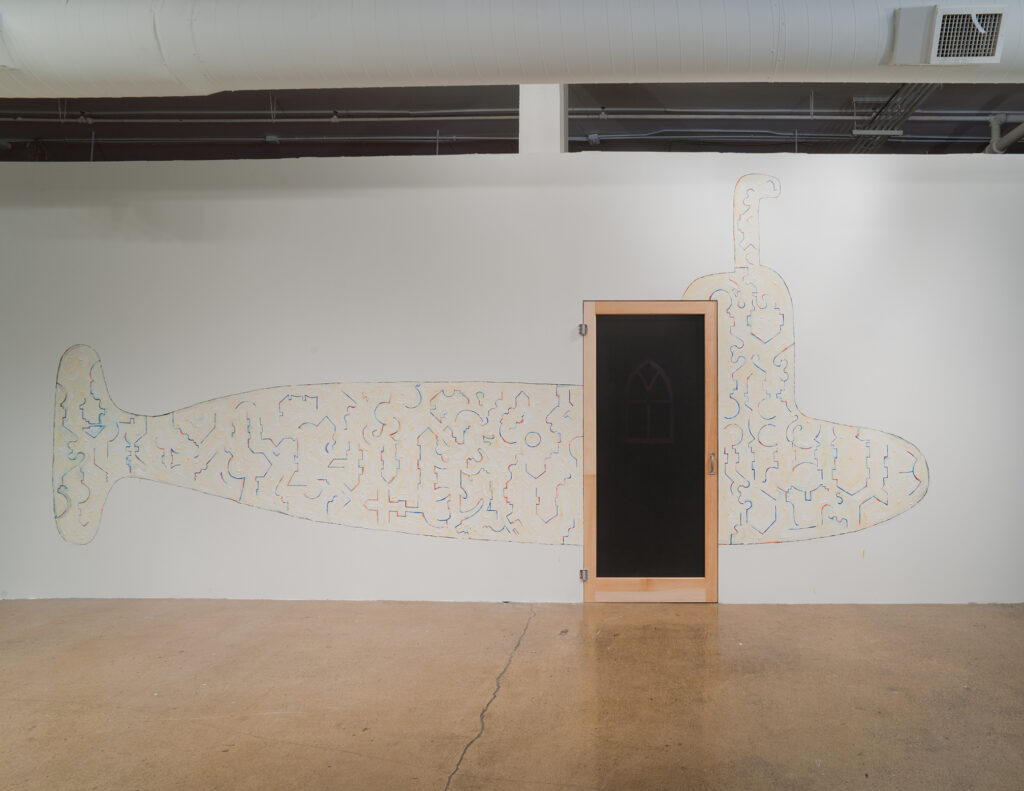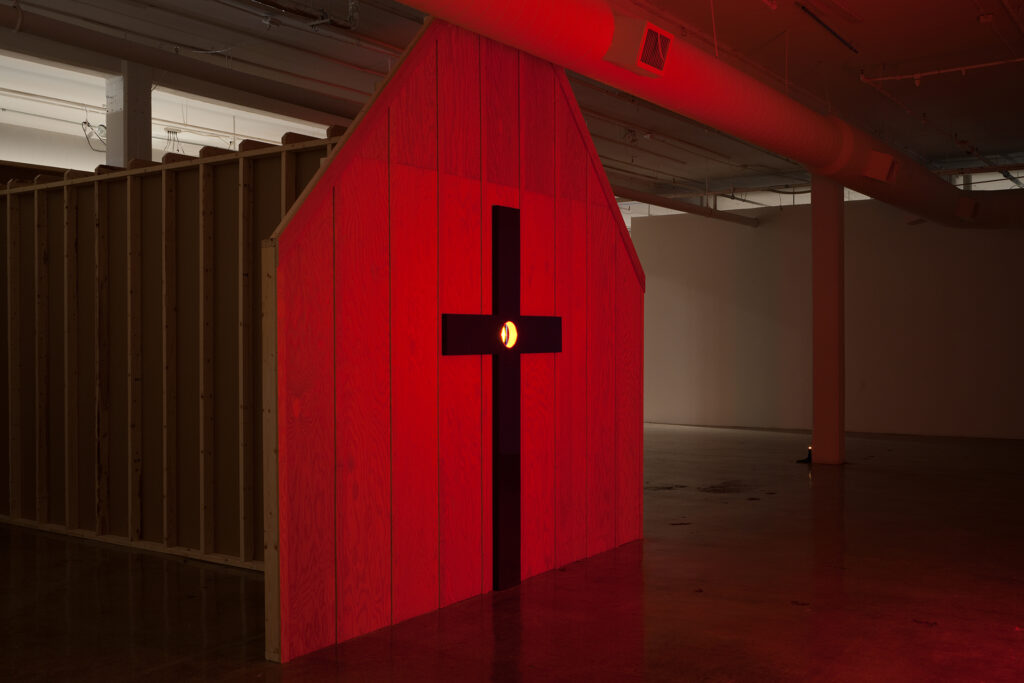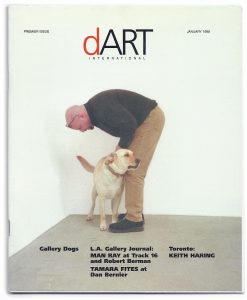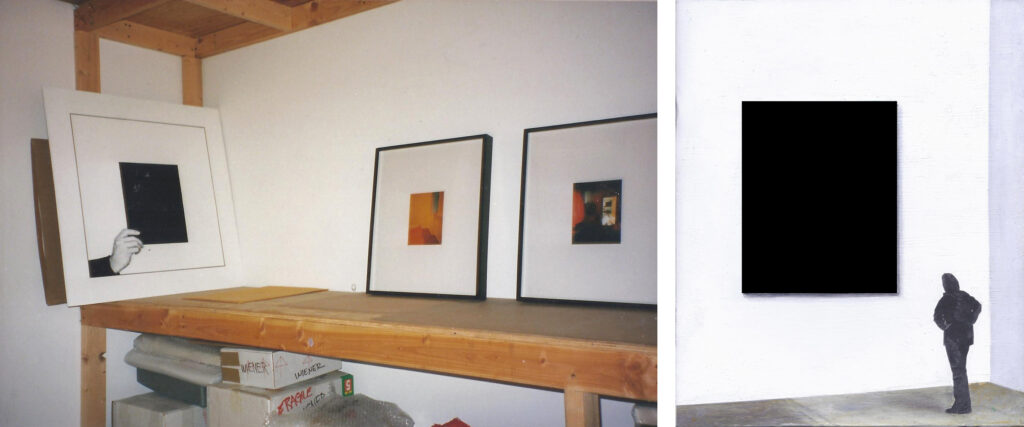by Steve Rockwell


Curated Content #5 is a four panel image sentence that clusters pictures into paragraphs. As we read, a story may unfold. Dog observes a periscope rising out of the sea that breaks into light from something hidden – the “submarine.” Although Hills Snyder employed its image to advertise his 2010 exhibition at Blue Star Contemporary in San Antonio, Texas, the original periscope image was created by Andrea Danti for Shutterstock.com. Snyder’s employment of the periscope becomes a key that breaks the seal to his container of objects and experiences – now accessible to even the casual viewer. To get the “full” picture, however, further observation is necessary. A documentation of the work that went into mounting Snyder’s elaborate installation can be accessed by clicking Casual Observer.


An attentive Gordo in the first panel mimes the periscope, having been obedient to his master’s voice (Stuart Regen) in posing for my photograph – a captured moment that merited the cover of the premier edition of dArt magazine in January 1998. By sheer coincidence, the dog’s front paws in the Good Gordo image cover a crack in the concrete floor, echoing the one in the Snyder submarine photo. In that respect, as the dArt genesis account unfolds, Gordo’s paw bruises the wriggling serpent crack on the floor of the Regen Projects gallery.
The third panel of a woman contemplating a black rectangle is derived from dArt‘s 1998 second edition and was provided ACME gallery in Los Angeles to accompany More Shifts in the LA Gallery Landscape, an article by Michael Darling. Two years earlier ACME had consented to take part in my Storage installation project by storing a 32 by 32 inch acrylic on panel painting showing my hand holding a black card. The project served as the visual component for the book work Meditations on Space, An Artist’s Odyssey through Art Galleries in Europe and North America, published in 1996. My earlier visit to ACME in Santa Monica on January 3, 1996 had taken a geometric bent, “I walked in a straight line from the door to the back of the gallery where someone was installing work. He pointed me towards the desk corner. I made a 40 degree turn and walked over to speak to Randy Sommer, and then a 70 degree turn for the door. That completed the triangle.”

The fourth panel, Hard Edge features Lorser Feitelson’s 1963 Untitled painting, managing a further echo, this time, of the red facade of Snyder’s installation exterior. If a connection were to be be made between the peephole in Snyder’s Casual Observer/Causal Observer to ones in the Spanish door of Marcel Duchamp’s Étant donnés installation at the Philadelphia Museum of Art, an intriguing possibility is introduced – a murder of the mythic art kind. Lorser Feitelson’s red lozenge shape in Hard Edge is interrupted in its right corner by a film still crop of Lee Remick testifying in Otto Preminger’s courtroom drama, Anatomy of a Murder.
Historically, artist Lorser Feitelson has a tie to the emergence of “hard edge painting.” He was featured in the 1999 dArt magazine article Testing the Fabric of the New Color Field by Michael Duncan. Duncan had been critical of this group of primarily Los Angeles-based artists writing, “For me a lack of ambition and conviction is the problem with the most hyped members of the so-called New Color Field movement.” Duncan preferred works of several older LA artists, “whose explosive and inventive use of color and abstract design provide quirky and fruitful contexts for the works of the younger experimenters.” A dip into the trove of art world narratives about Paris, New York, and Los Angeles from a century ago, should not disappoint those truly interested. Simply click the Lorser Feitelson Interviews for a brouse.
